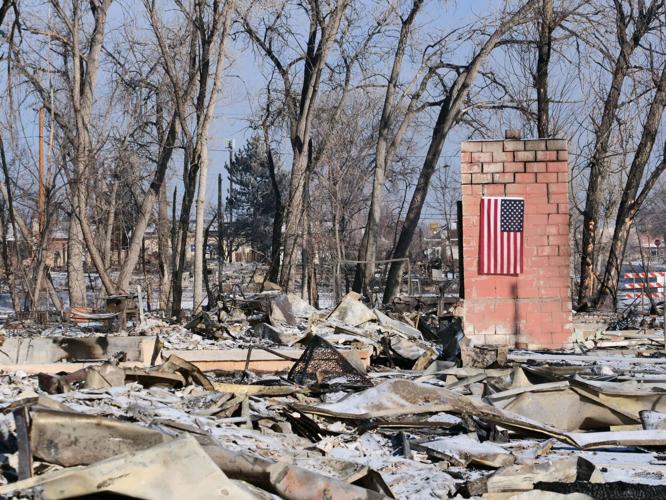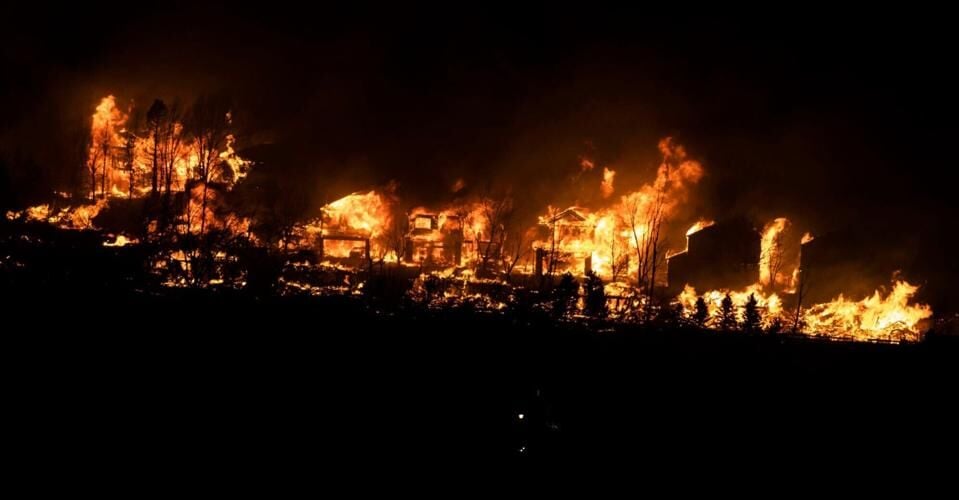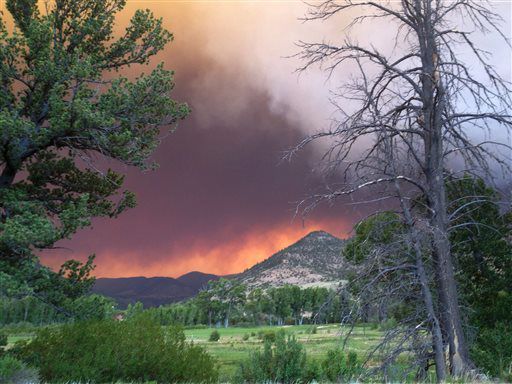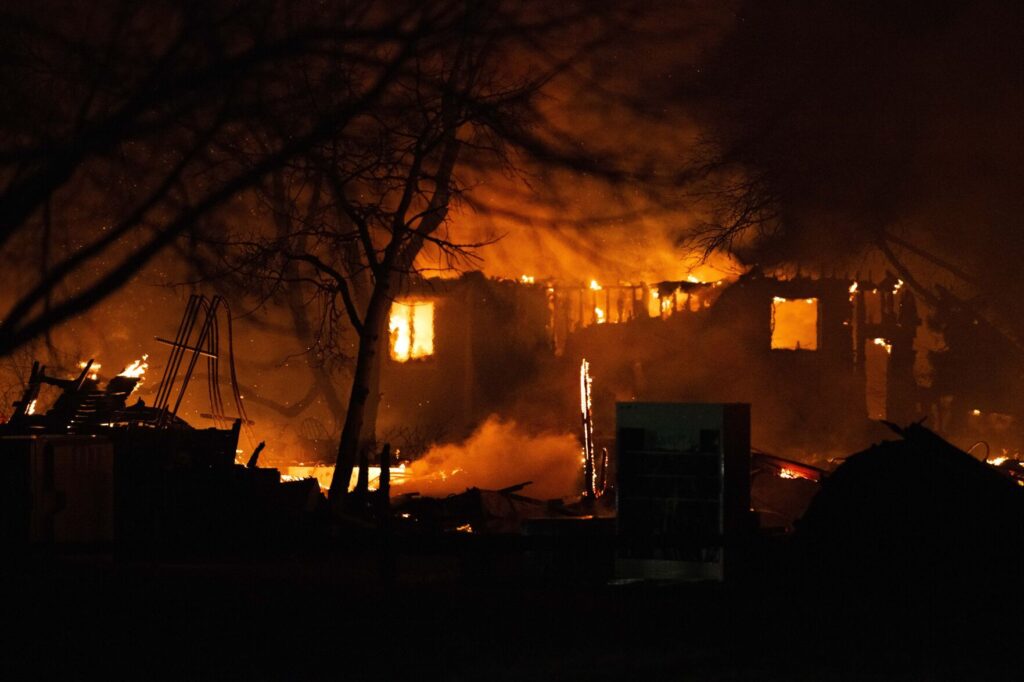Study of air inside Marshall fire homes finds deadly chemicals
More than half of Marshall fire victims whose homes survived Colorado’s most devastating wildfire said that poor air quality inside of the houses has caused headaches, sore throats, coughs and a strange taste in their mouths.
Research papers published Monday by the University of Colorado Boulder are the first to explore air quality inside the smoke- and ash-damaged homes and to assess the health impacts on people who live in them.
When homeowners returned to their houses in the months after the Marshall fire, “there was ash everywhere and it smelled different,” said University of Colorado chemistry professor Joost De Jouw.
Colleen Reid, associate professor of geography and co-author of the studies, added that the research “suggests that there could be important health impacts for people returning to smoke- or ash-damaged homes after a fire and that we need to have systems in place to protect them.”
On Dec. 30, 2021, the Marshall fire burned 1,084 buildings in Louisville, Superior, and unincorporated Boulder County, took two lives and forced 37,000 people to evacuate.
The study results come as fires in the wildland-urban interface (WUI) like those in Lahaina, Hawaii, in 2023, grow more common.
A companion HOME Smoke and Odor study by ACS Environmental Science & Technology Air measured the impacts of a wildland-urban interface fire on the inside of a Superior home that was not destroyed by flames but had smoke damage.
Researchers began taking measurements 10 days after the fire and continued gathering data for five weeks after that. They measured the presence of 50 gases. Meanwhile, Reid developed a survey to send to residents within the burn perimeter, as well as a random sample of those within 2 miles.
What scientists found was that volatile organic compounds decrease quickly directly after a fire, but the rate of that decrease slows and they hang around for weeks.
Researchers did not find the exact chemical that caused the adverse reactions, but they found high levels of compounds like benzene in one of the homes they tested.
Benzene is found in gasoline and vehicle exhaust and long-term exposure to it has been found to cause cancers like leukemia, blood disorders, neurological disorders and can weaken the immune system.
The level of benzene present in the air inside the home was similar to what Los Angeles saw on a high-pollution day in the 1990s. Dust samples also showed high levels of copper, zinc, arsenic and industrial pollutants.
The study did not indicate what kinds of long-term health effects the chemicals will have on homeowners.










